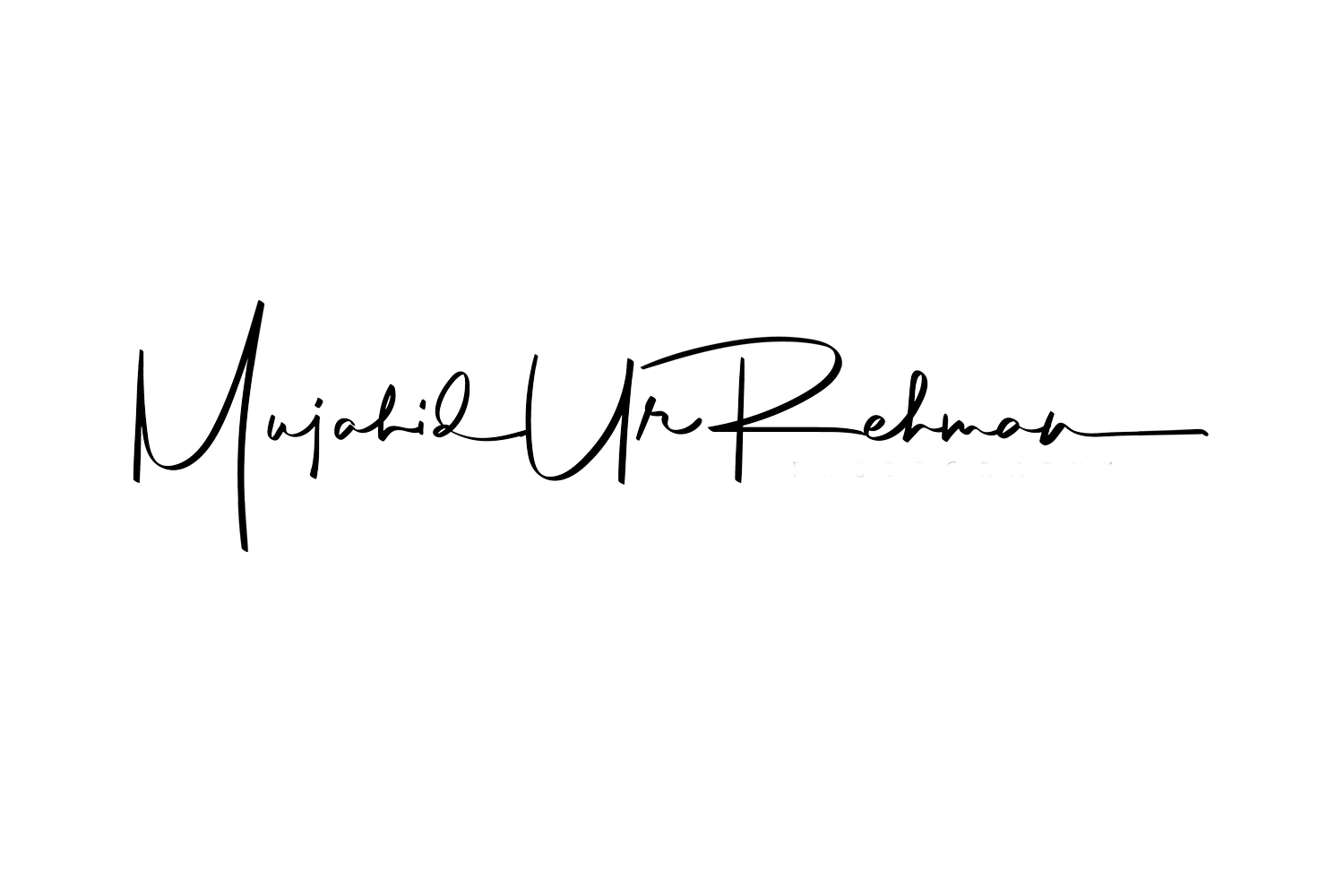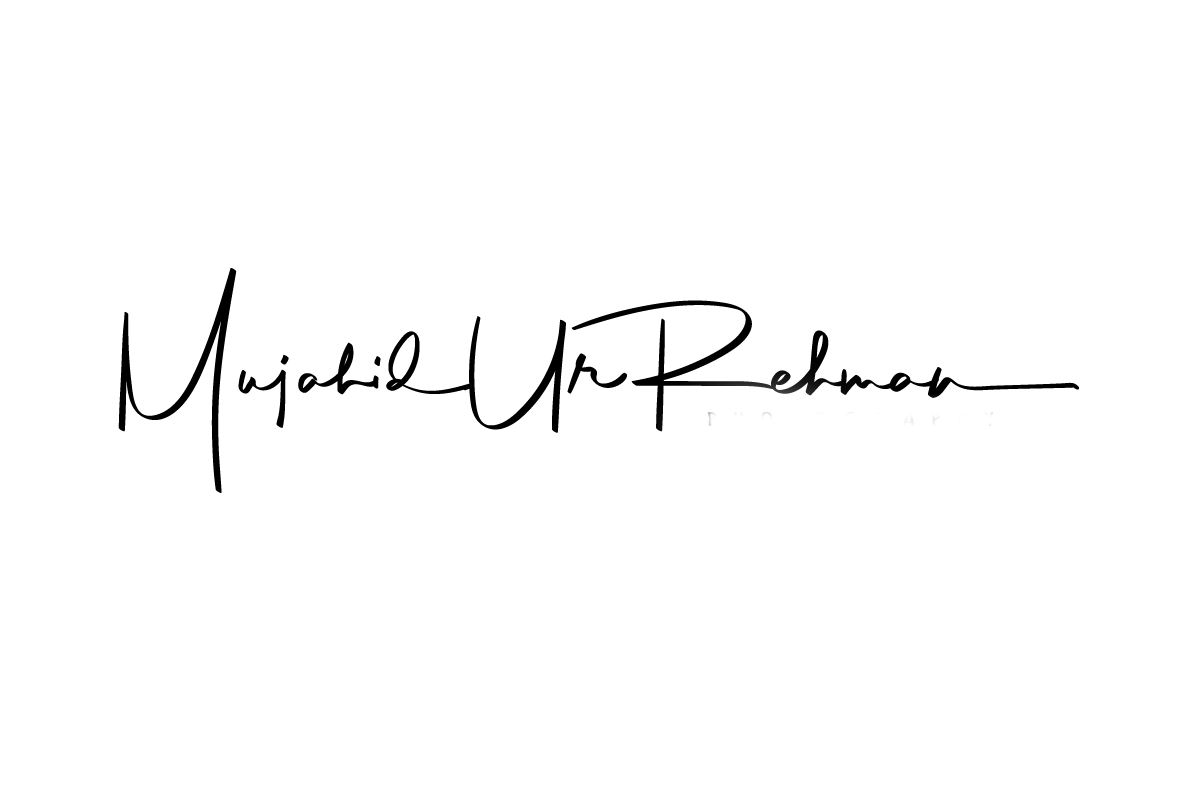Landscape Photography Lenses
In this blog I won’t tell you which brand’s lenses to buy, I will guide you on what to look for in your landscape photography lenses. So here we go…
Focal Lenght (Range)
“What’s the focal length of this lens man?”, asked a fellow photographer after looking at a big lens on my camera during a trip to Namibia.
“70-300 mm”, I replied.
“That’s a cool range”, he gave his opinion.
A tourist nearby looked confused. I knew what her confusion what about because I was there once. Focal length is the measurement of the distance, in millimetres, between the optical centre of the lens and the camera’s sensor. When you go to buy a camera, you ask for a focal length, otherwise, it will take a while for the salesperson to consult with you and give you what he thinks you are looking for. This article is not a technical one, so I will keep it very simple, and this is my own definition so don’t shoot me down for explaining it in raw terms. Focal length is basically the area of the landscape, or any scene, a lens is able to cover. The lower the number, the wider coverage will you get. The higher the number, you get the narrow range of what is in front of you. For example, a 10mm focal length will cover the vastness of the space in front of you, whereas a 70mm lens will give you a more tighter view of the scene. Understood? You will have a feel of what I am saying with a few examples.
The following scene was shot with a wide-angle 16-35mm lens at a focal length of 16mm. The term 16-35 mm simply means that I can zoom into my scene from 16mm to any value up to 35mm. These are zoom lenses. If the lens is called a 50mm lens, it means that it doesn’t have the ability to zoom in or out, the focal length is fixed. So, back to our 16-35mm shot at 16mm.
The following shot, however, was taken with a 70-200mm lens. By standing far away from the tree, I was able to zoom in and isolate my tree from the rest of the scene. This shot wouldn’t have been possible with a 16-35mm from where I was standing.
Now that you hopefully understand the term focal length. Ideally, you should have the following focal lengths in your arsenal. But before you read, just remember, it’s a personal choice and your flavour of photography might not require all of these “ranges”.
Wide
I would go with something like a 16-35mm lens as a wide-angle lens. I currently, however, only have a 17-28mm lens which does the job. Anything wider than 16mm doesn’t work for me because the objects look very small and sometimes you fail to capture the essence of the scene. The eyes don’t know where to look because the lens then captures a huge amount of vastness.
Mid-Range
A mid-range lens is from 24 to 70mm in my opinion. I never bought a mid-range until very recently and used a wide angle for a long time. If I needed to go towards the middle range, I zoomed in my 16-35mm and used it. Having said that, I know many photographers who don’t like 16-35mm and their shooting style is more about 24-70mm. It’s a personal preference and how your eye sees things.
Telephoto
Any lens above 70mm is a telephoto for me. I owned a 70-200mm lens for a long time, and now I have a 70-300mm, and I wish I had a 70-300mm a long time ago already. A telephoto lens lets you reach far-away objects by allowing you to compress the scene. The following selfie shot was taken with a telephoto lens.
If you are a beginner, what lens should you get? I don’t have an answer. Do you like vastness? Does your work demand you to shoot at a narrow focal length and zoom in? I believe that it’s a personal preference, especially if your budget is tight. If you were to ask me, since I am a wide-angle lens photography lover, I would say go with a 16-35mm and a 70mm-200mm (any telephoto lens).
Aperture and Depth of Field
The aperture is the opening of your lens through which the light enters. Just like the iris of your eyes, it can expand or constrict to allow more or less light to enter. The aperture is controlled by your camera’s settings denoted by the f-value (or f-stop). It’s a topic on its own, but a narrow aperture means less light will come through the lens and a wide aperture means more light. An aperture’s f-stop of f2.8 will allow more light to come as compared to a value of f4. A value of f4 allows more light as compared to f5.6. A value of f5.6 allows more light as compared to f8 (and so on). One usually shoots at a big f-value in landscape photography e.g. f9 or f11 to get great depth-of-field in your scene/photo. What I mean is that if you want elements like background mountain or trees to be in focus as well and not blurry. This is not always true, but usually one shoots at depth-of-field which brings all the foreground, middle-ground and background “things” in your photo to be sharp so that the viewer can appreciate the scene fully. When you buy a camera, the lens manufacturer tells you what’s the lowest possible aperture value. My 16-35mm lens’s lowest aperture value was f4, but my friend had a similar lens and its value was f2.8. It didn’t bother me most of the time because I usually shot at f11 for my landscapes. It however did bring limitations to me when I did photography at night time for the milk way. My friend’s f2.8 aperture allowed more light to come through as compared to my lens that only went down to f4. He paid a higher price for his lens and I paid less money for my f4 lens. If you are not going to do night photography often f4 shouldn’t bother you. Even a minimum aperture of f5.6 shouldn’t bother you if you don’t do night/star/milky way photography at all. Also be mindful of variable aperture, for example, my 70-300mm lens has f4.5-6.3 written on it. This means that at 70mm, I can set an aperture of f4.5, but as I zoom in, it changes to f6.3 automatically because of the lens’s limitations. I could buy a lens whose aperture doesn’t change when you zoom in, but then I would have paid more price for it, which wasn’t my preference and such a feature wasn’t my requirement either.
Full-Frame or Crop Sensor Lens (Sensor Size)
All my cameras are full-frame cameras, so I buy full-frame lenses. You can put crop-sensor lenses on a full-frame camera body or full-frame lenses on cropped sensor bodies if need be, but, if you have a crop sensor, why buy an expensive full-frame lens? Buy a lens that is best suited for your body… i.e. your camera’s body ;-)
Google full-frame, crop sensor or APS-C bodies if you want to know about various camera body types based on their sensor size.
Vibration Reduction or Image Stabilisation
Unless you are going to be shooting handheld, you really don’t need to get a lens with image stability because your camera is going to be on a tripod. I usually turn my image stabilisation off when shooting on a tripod in any case.
Conclusion
So what’s the conclusion? The conclusion is that you need to think about what you want to do based on what I have highlighted above. If you are on a budget, start with one lens, e.g. 16-35 or 16-200 or whatever. Play with it, learn and experience it. Once you realise what you like, dive in and buy a specialised lens. There are many cheap, versatile lenses out there that offer a wide focal length range. Start with one, see what flavour of photography you like, and move on from there. Most importantly, once you have made the purchase, get out there, that’s the only way to learn and become better.
And that’s it, folks. This is my small guide for what to look for in a lens when it comes to making choices and paying the big bucks. If you are new here, my name is Muji, I am a landscape photographer and sort of a filmmaker from Sunny South Africa.
Muji




